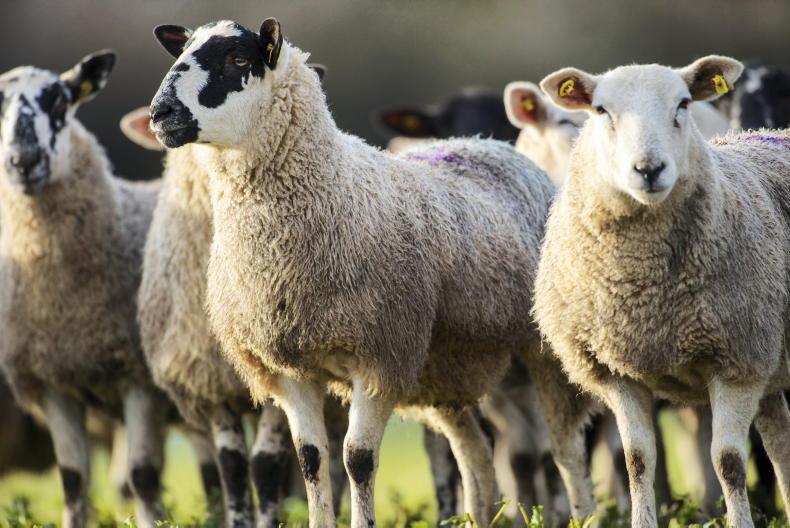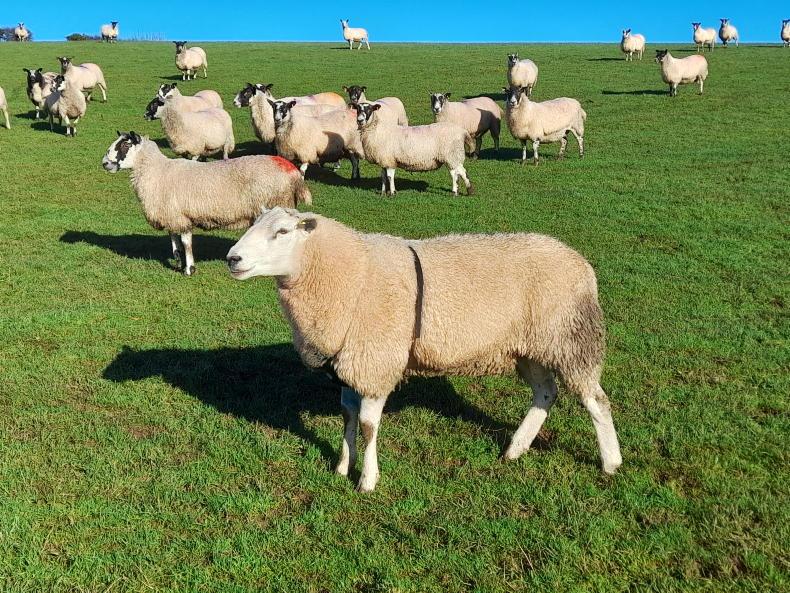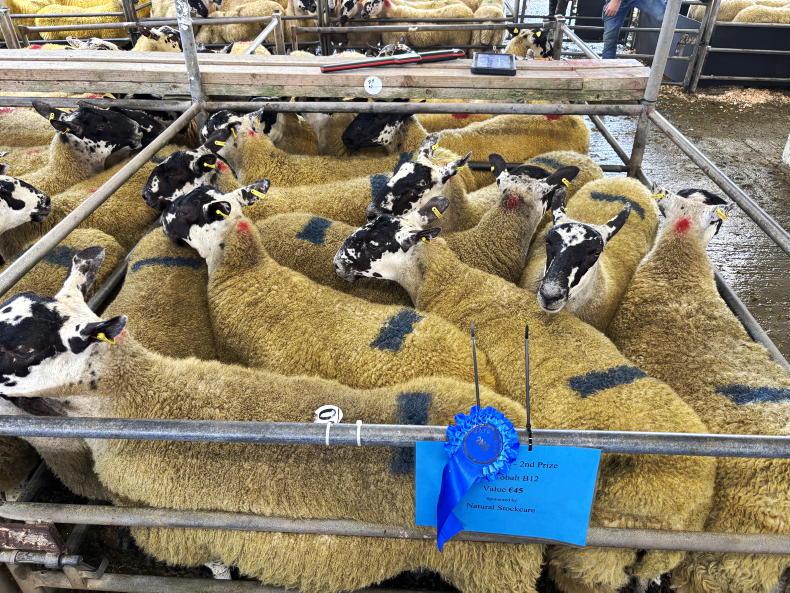Despite record prices for breeding hoggets at the recent annual sales, you could somewhat ironically argue that they aren’t overly pricey at all. Not, that is, if you apply the oldest equation in the ovine world, which dates back at least fifty years.
I remember it being said that a cull ewe and a fat lamb should pay for a breeding hogget. Assuming, therefore, that we apply this logic and use the corresponding prices for the same week across the three classes of stock, then my figures come out all square.
I went to the Mule sale in Ballymena on 10 August and happened to sell both fat lambs and old sheep three days later. Two pens of unsucked hoggets averaged £253 (£260 and £245) while my fat Mules made £124 and my lambs grossed £133 (=£257). I have bought breeders in the past where you would have needed another cull ewe to balance that calculation.
Justifying
I realise it’s just one way of justifying having to fork out a fortune, but it does help to ease the pain slightly. Equally, I am fully aware that is no more than a rough guide and on this farm, bereavements are a strong contributor in the replacement equation. If I bring fifty ewes into the flock, I probably only sell about twenty-five. Am I a bad farmer?
The hoggets please me. I would never recommend a certain quality of sheep to anyone and am convinced that the most important aspect of buying sheep is to please yourself.
If that means working to a strict budget and buying the cheapest ewes in the market, so be it. And if, like me, part of the deal is to buy something that is expensive and good looking (not necessarily value for money) then don’t bring home a load of something you’re going to regret.
I bought cheaper types one year and spent the rest of the autumn wishing I had kept the finger wagging a while longer. By the way, I still try to argue that these big stretchy sheep are needed to breed a better class of Texel x Mule ewe lamb – we all like to reassure ourselves we’ve done the right thing, don’t we? (The current policy is to buy in about 40% Mule hoggets, and retain 60% homebred ewe lambs)
Comfort zone
And talking of wagging fingers, I have a confession that other farmers may or may not be familiar with. I only bid for livestock once or twice per year and this lack of practice means I am miles and miles out of my comfort zone.
Seasoned campaigners always look so nonchalant when they’re bidding for stock and there is an unspoken rule that we’re supposed to take it all in our stride. I don’t, and the whole charade is one big act for me.
When I know one of my chosen pens is about to enter the ring, I can feel my heart starting to thump. This is no big problem, but it is when you’re trying to assume an air of relaxed indifference.
If the bidding war persists until I make a purchase, the worst bit is yet to come.
I can sort of control the sweaty palms and shaking hand by gripping the rails really tightly, but the Joe Cool façade is horribly exposed when the auctioneer looks at me and raises his eyebrows. Because it’s then I have to shout ‘ROBINSON’ across a packed arena, and it usually comes out as an adrenaline fuelled croak.
Please tell me there are other buyers out there just as anxious as me. It really would make me feel a lot better.










SHARING OPTIONS